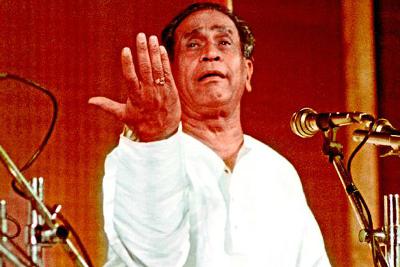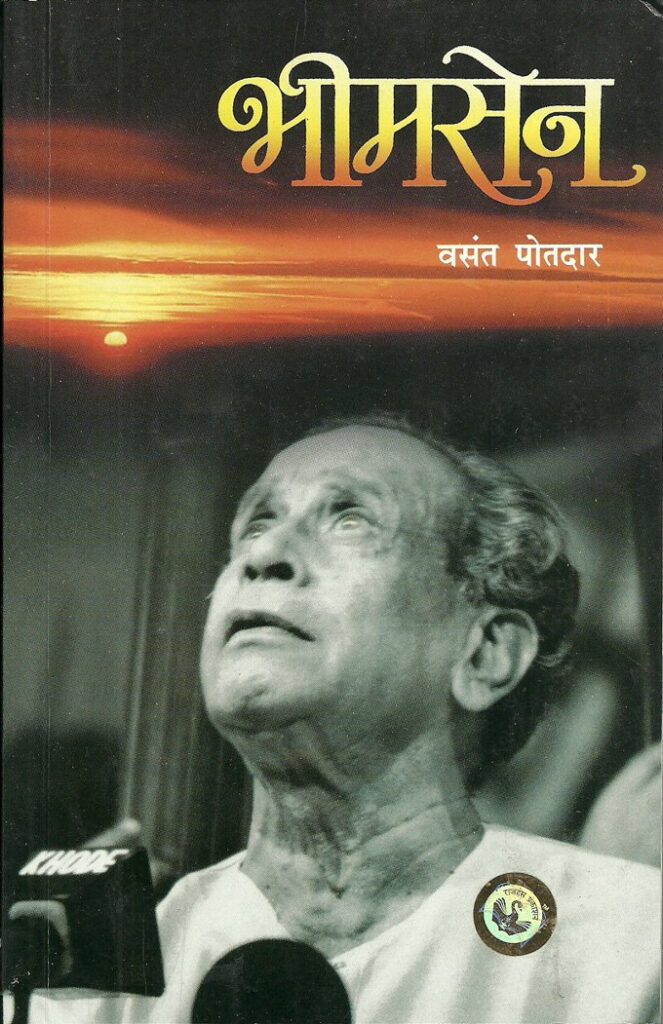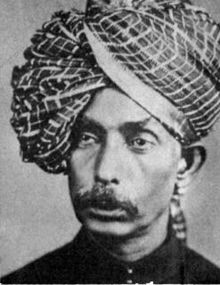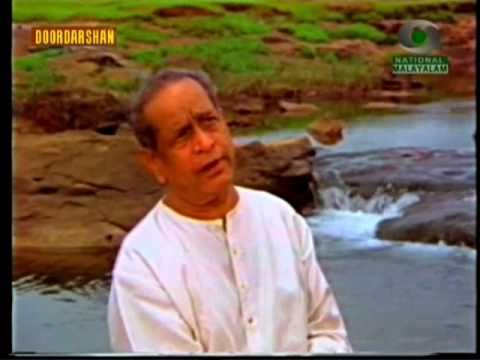India gaining independence was a significant step for her Music. It meant that all the musical forms, from all the corners of the country would be collectively classified as ‘Indian Music.’ And the artist who perhaps contributed the most in this musical unification of the country was Bhimsen Joshi. He was the man who connected India, musically!

It was not that musicians did not travel in pre-independent India. Marathi Natyasangeet was heavily influenced by musical tunes that had come to Maharashtra from the North as well as the South. Ustad Abdul Karim Khan had traveled from Kairana in Uttar Pradesh, his birthplace, to Miraj in Maharashtra. Indian Music owes a lot to Vishnu Digambar Paluskar and Vishnu Narayan Bhatkhande and they did travel all over the country for their respective missions. But Music in those days was under the patronage of the Kings of the different Princely States of the country. India was an amalgamation of these princely states and there was no collective, central responsibility to promote Arts. People did listen to live performances and Music had become open to public.
A ‘style’ or a ‘Shaili’ of performing Music is associated with different influences around the region where it is developed or nurtured. For instance the ‘Kirana’ style of singing indicates an influence of Carnatic Music because Ustad Abdul Karim Khan did get influenced by Musicians from the South. The ‘Agra’ style of singing has a characteristic of being Laypradhan because of the influence of the ‘Dhrupad-Dhamar’ style of singing. One of the features of the ‘Patiala’ form of singing is the use of Sargams. However when we think of showcasing this under the banner of ‘Indian Music’, we have to accommodate all of these. Not to forget, Carnatic Music also now falls under the same banner! How do we achieve this?

In order to make sure this happens, we have to ensure a constant interaction of one ‘style’ of Music to the other. An Agra Gharana vocalist should travel to regions that have not heard his/her style and all others should follow the same path. With this a ‘style’ of Music – largely confined to a particular region – will find acceptance from other regions. This ‘style’ will also get influenced by certain Gayakis from these different unexplored regions and hence that will ensure evolution of Music. It is also through this process that we know our country better. The greatest challenge before independent India was to make sure that the North interacts with the South and East enters a dialogue with the West, all under the unified banner of India! What better than Music could help in achieving this? Bhimsen Joshi was perhaps the best example of those times to help attain that objective. And it was largely because he was an amalgamation of the different Gayakis in the country! Maybe that was the reason a large section of the people in the country could relate to it. His Kirana Gharana Gayaki was at the base of his singing. Through this base he carried with himself the flavors of all elements from Maharashtra and North Karnataka and also the slight influence and inclination towards Carnatic Music that Ustad Abdul Karim Khan had integrated! At the young age of 11, when he ran away from home in search of a Guru, he stopped at Gwalior en route Jalandar. At Gwalior he spent some time with Ustad Hafiz Ali Khan who taught him Raag Marwa. After Gwalior, he also spent a few days at Kolkata under the then actor-singer Pahadi Sanyal who taught him a rare Raag called Gandhari. However as there was no continuity in the training, Bhimsen finally reached Jalandar via Delhi! At Jalandar, he learned Dhrupad under Pandit Mangatram till Vinayakbua Patwardhan told him to go back to Kundgol and learn under Sawai Gandharva! All this is very well documented in his biography in Marathi by Vasant Potdar. However the thing that had urged him to travel so much was that epic Thumri by Ustad Abdul Karim Khan Sahab in Raag Jhinjhoti – Piya Bin Nahin Aavat Chain – which he heard at a shop in his hometown, Gadag! Here too, the base of his Gayaki was Kirana and all these styles (including Dhrupad) got assimilated within him. If this was enough, he stayed in Uttar Pradesh for six months to assimilate Thumri in his Gayaki. He had a flavor of India much before he became a performing artist! This was perhaps the reason he could connect with all styles of audiences in India, through the styles of Music prevalent there.

Bhimsenji’s biographer Vasant Potdar depicts his India conquest in detail in his book. Apart from Mumbai and Pune, he mentions three important cities where Panditji made his mark and attained maximum popularity. These cities were Mangalore, Kolkata and Jalandar, all in different corners of the country. Mr. Potdar also mentions that Bhimsen was the only Musician who gave full house concerts at the Sangeet Academy of Chennai, an organization otherwise strictly reserved for Carnatic Music concerts! It was him who made a Punjabi of Jalandar request for a Vitthal ka Abhang, thus uniting India in her initial decades since independence! Mr. Potdar also explains a very significant incident from a small town on the Bihar- Uttar Pradesh border that involves Pune-based Sitarist Ustad Usman Khan. When people from that small village came to know that Usman Sahab is from Pune, immediately came a question, Hamare Bhimsenji Kaise hain?
It is often easy to follow Instrumental Music because there are no language barriers and also because the excitement it generates at the end in terms of speed. As a result Instrumentalists often achieve quick popularity and acceptance. However a Vocal Musician reaching the four corners of the country and crossing all barriers, much before the advent of globalization and that too in the Classical Music domain is an astonishing feat! This was long before the television explosion and Mile Sur Mera Tumhara.

Each region is associated with its own folk flavors and they in turn influence the Classical Music that develops and progresses around that region. However when regions get unified to a nation, then in order to generate a people to people interaction, we have to make sure that art and music from one region gets introduced to other and vice versa. This is the best way we know our country and understand its nuisances better. Film Music contributed to this cause on a large scale. However a rasika from Chennai listening to the Classical form of Music from the North and a Punjabi requesting for a Marathi Vitthal ka Abhang is a part of the larger process of nation building, the ‘Idea of India.’ And Bhimsen Joshi was the best example of this process
This article appeared in the August Edition of the e-magazine ‘Sangeet Vikas Sabha’ ( www.sangeetvikassabha.com)








